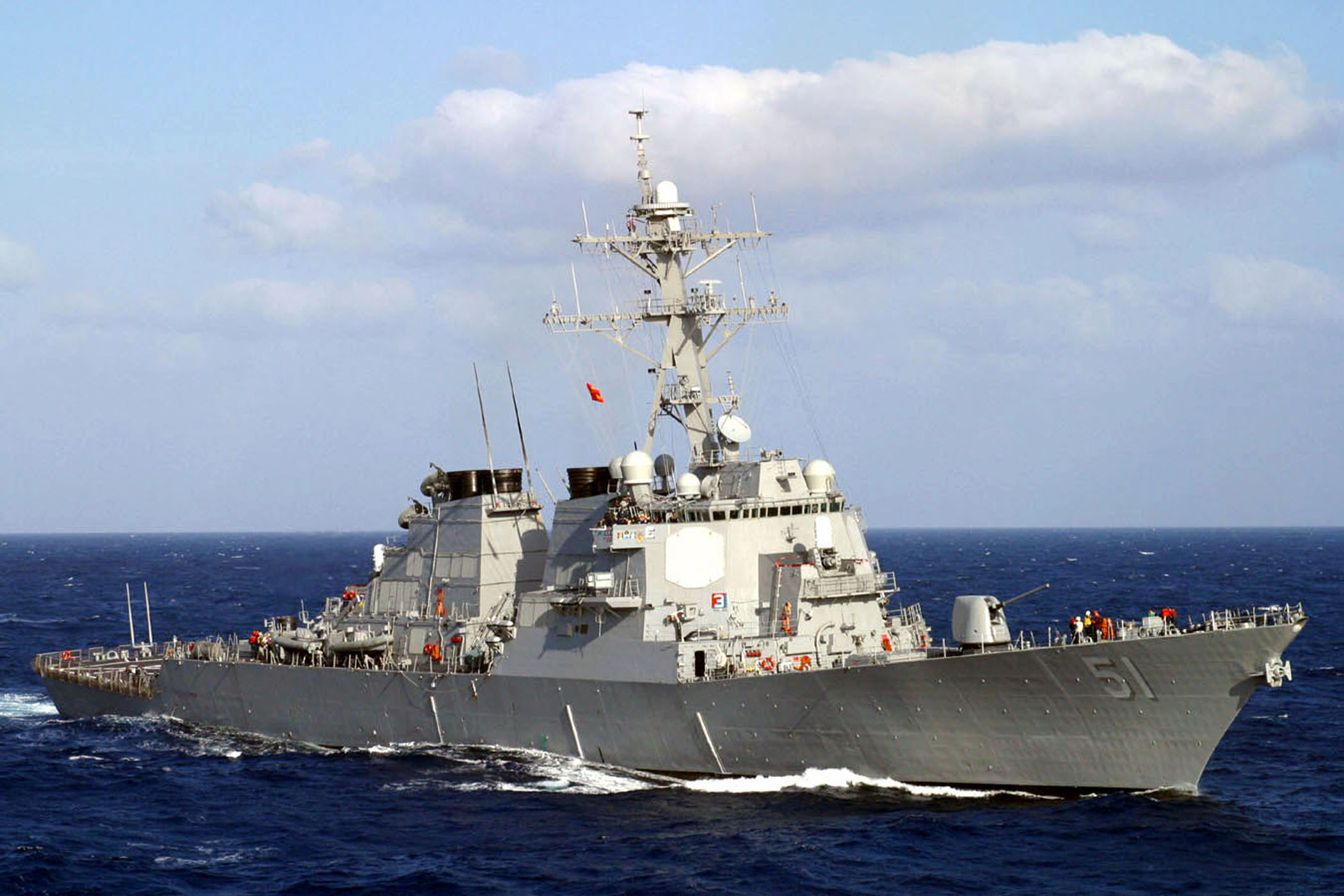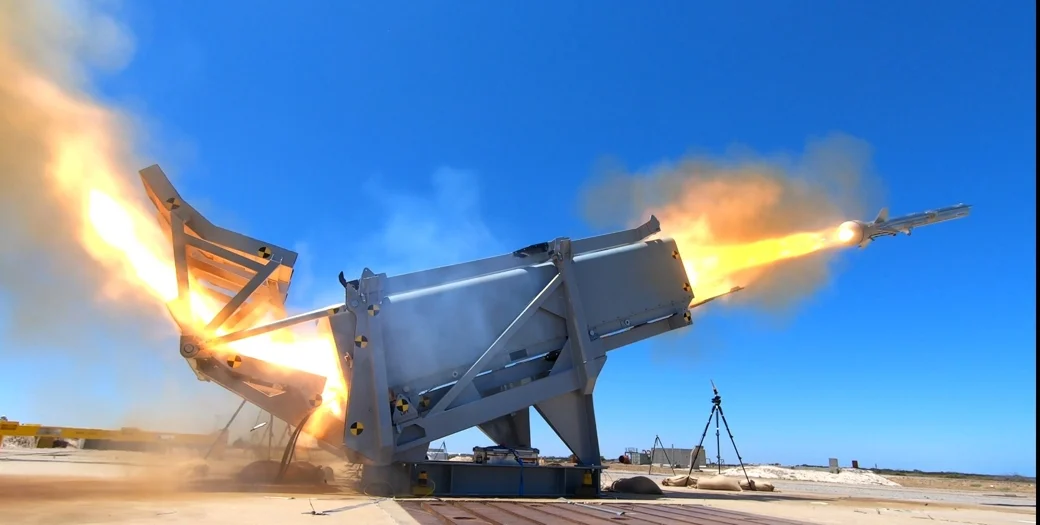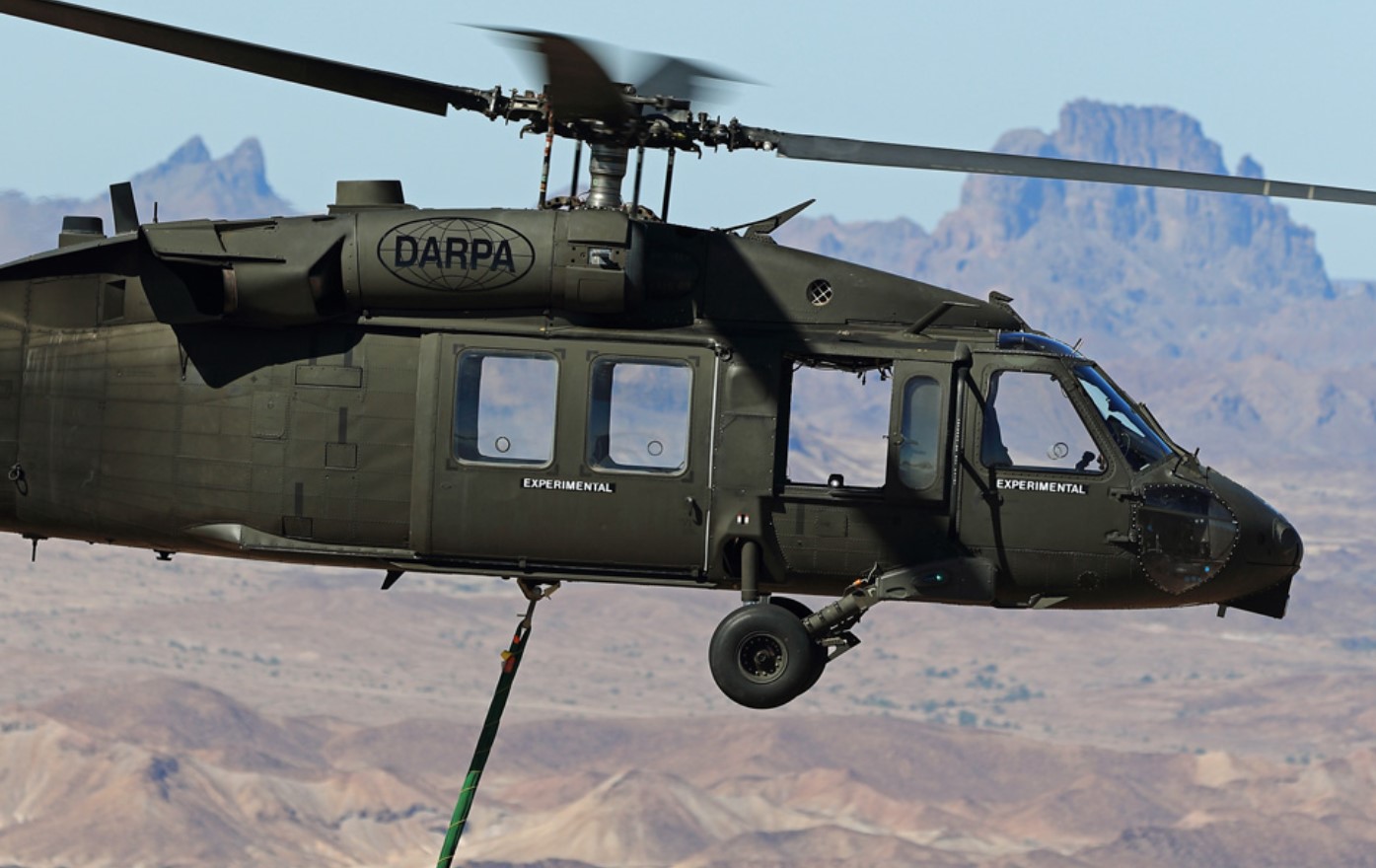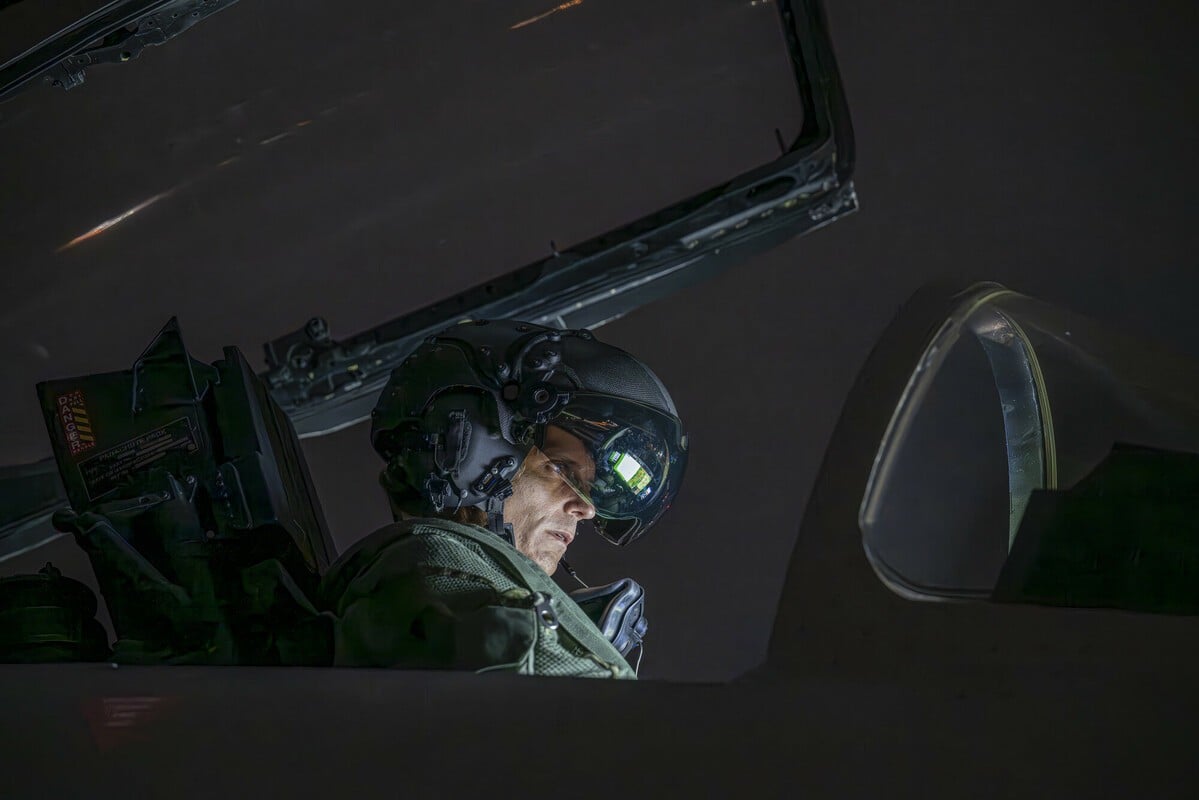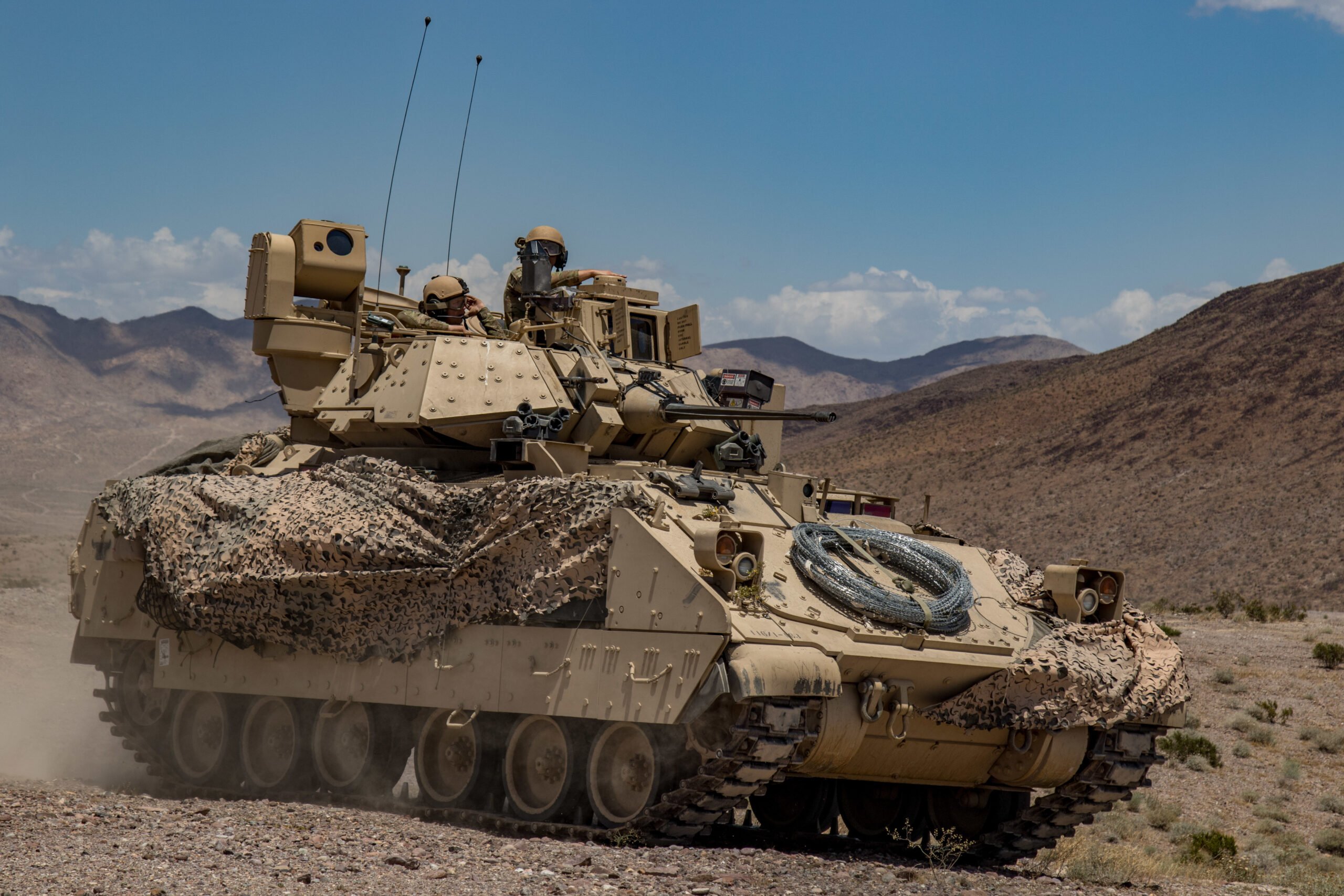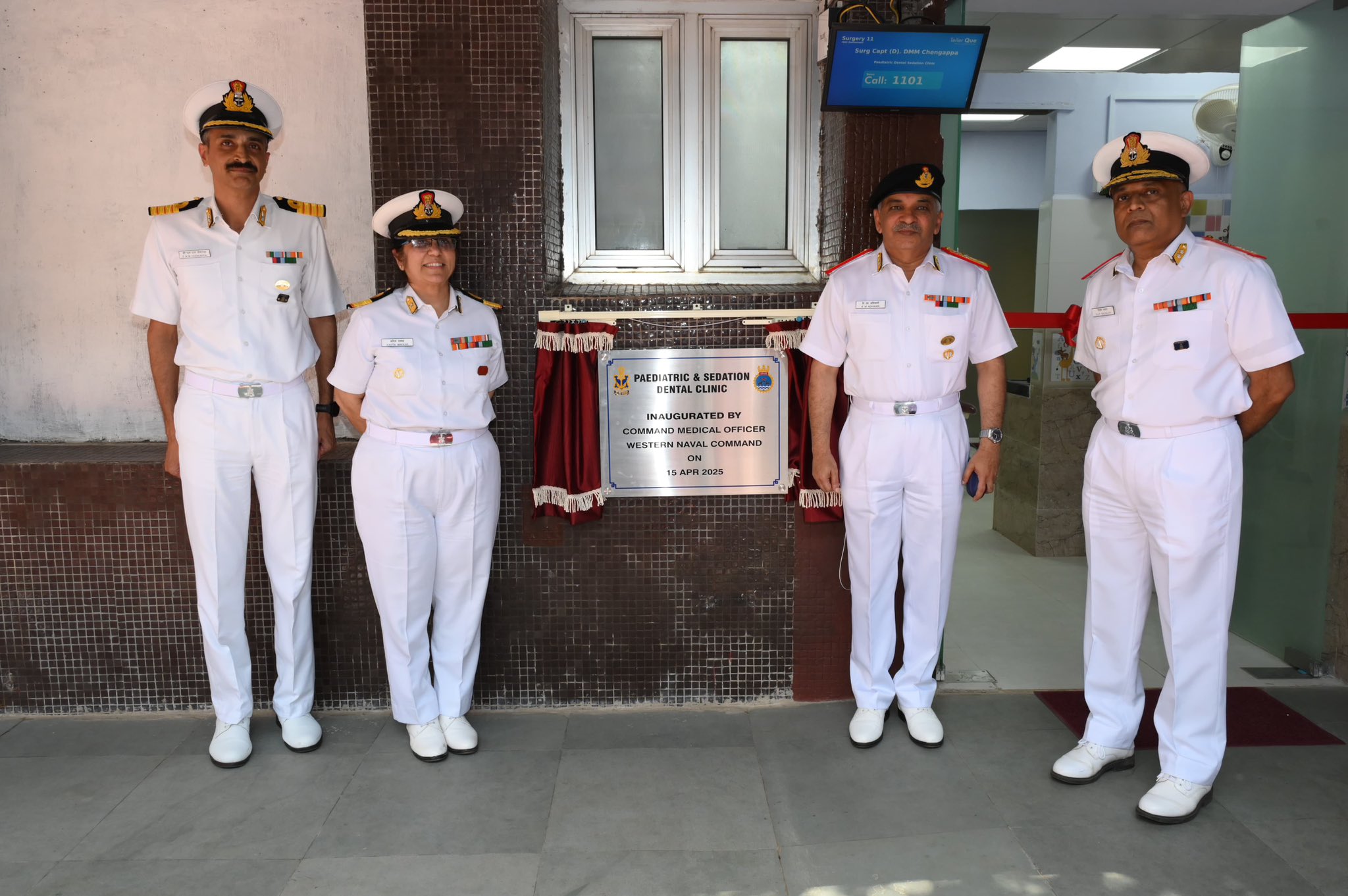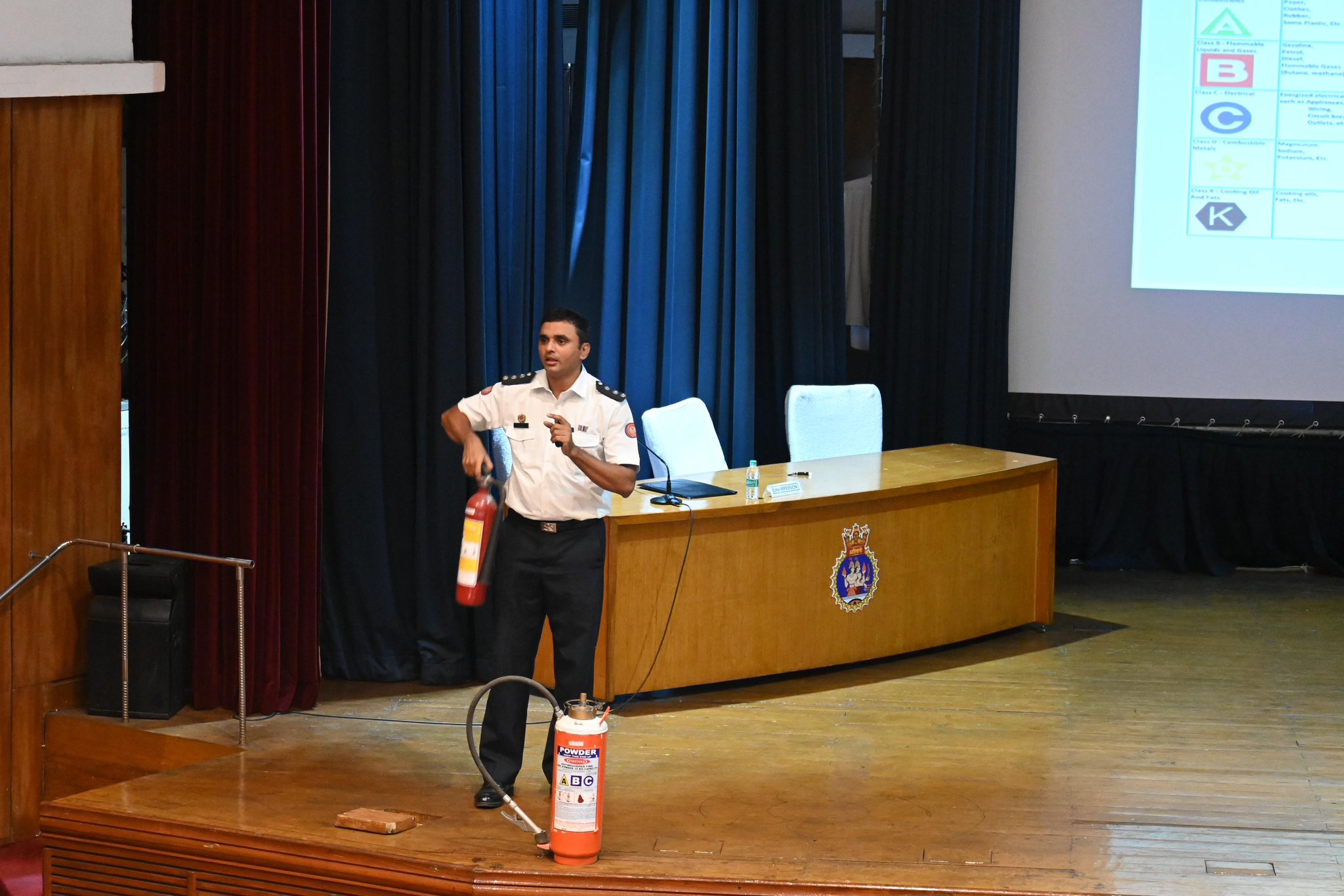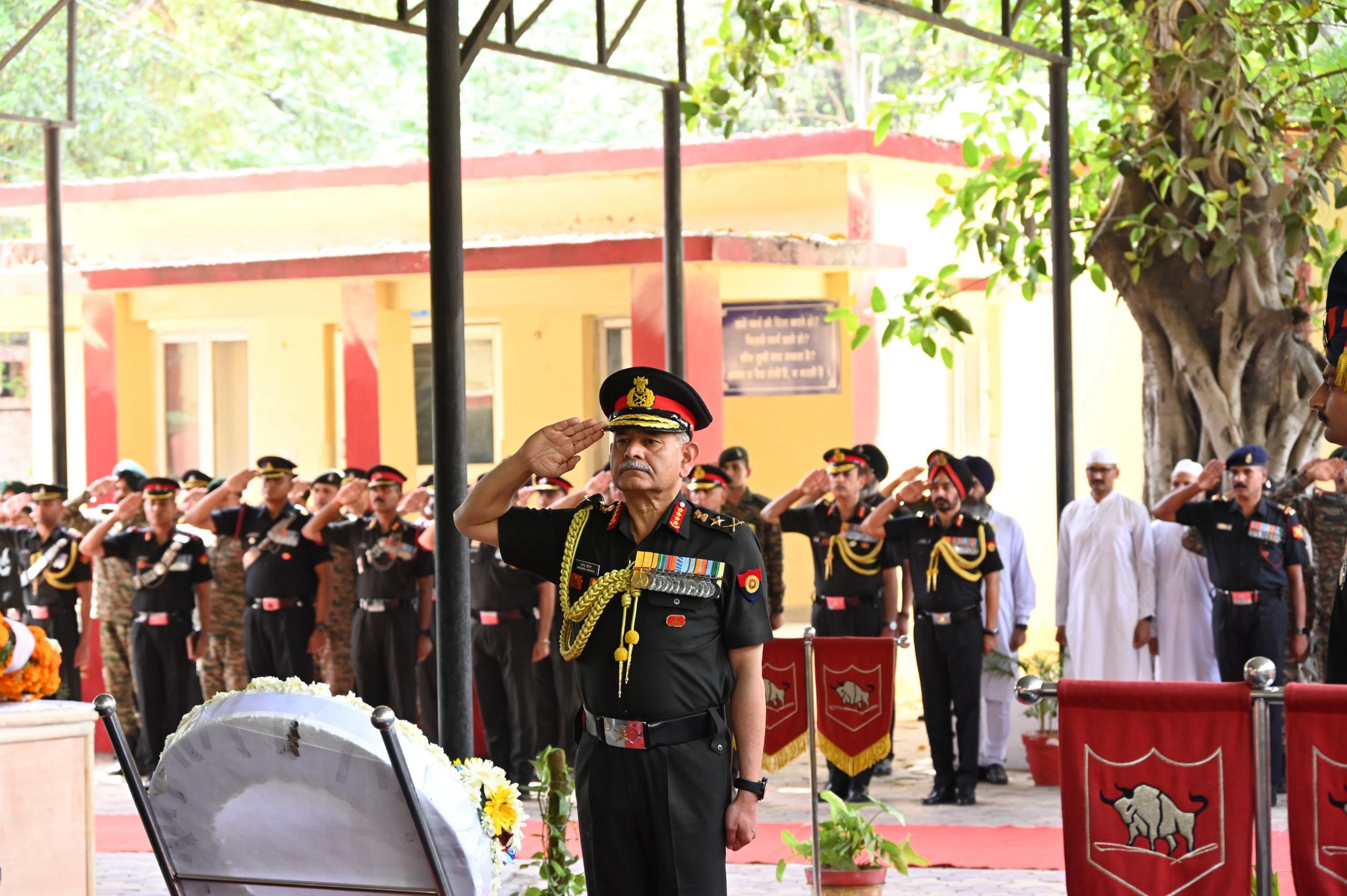HII Ingalls Shipbuilding has made a significant advancement in naval capabilities by laying the keel for the US Navy’s 83rd Arleigh Burke-class guided-missile destroyer, the future USS Sam Nunn (DDG 133), in Mississippi. This vessel is particularly noteworthy as it represents the fifth ship to be constructed with the Flight III configuration, a design upgrade that integrates advanced air and missile defense radar systems. These systems enhance the ship’s ability to counter a range of simultaneous threats from surface, air, and underwater sources.
The USS Sam Nunn is named in honor of a distinguished former US senator from Georgia who played a key role in national defense during his tenure as chair of the Armed Services Committee. His contributions were pivotal in the passage of the Department of Defense Reorganization Act and the Nunn-Lugar Cooperative Threat Reduction Program, efforts aimed at decreasing the nuclear arsenals of the United States and Russia following the Cold War.
The keel-laying ceremony was a significant event, highlighted by the presence of Senator Nunn himself. Additionally, his daughter, Michelle Nunn, who serves as the ship’s sponsor, had her initials etched into the hull’s future keel plate, marking both a personal and ceremonial milestone for the craft.
In parallel with the construction of the USS Sam Nunn, HII is also engaged in the development of four additional Arleigh Burke-class destroyers: the USS Ted Stevens (DDG 128), USS Jeremiah Denton (DDG 129), USS George M. Neal (DDG 131), and USS Thad Cochran (DDG 135).
The Arleigh Burke-class destroyers are notable for their significant size and advanced technology. Measuring up to 510 feet (155 meters) based on the specific Flight configuration, these vessels are powered by a combination of three Rolls-Royce generators each generating approximately 5,400 horsepower and four General Electric gas turbines collectively delivering around 26,250 horsepower. This impressive power allows the ship to reach speeds of 30 knots (about 35 miles or 56 kilometers per hour) and to travel distances of up to 5,100 miles (8,207 kilometers) without refueling.
Equipped with a sophisticated sensing and command control suite, the Arleigh Burke destroyer also features advanced electronic warfare capabilities, torpedo systems, and decoy countermeasures. In terms of armament, the ship is designed to carry a diverse range of weapons including lightweight and naval gun systems, as well as various missiles for anti-ship, anti-air, anti-ballistic, land-attack, and cruise missile operations. Additionally, the vessel is capable of accommodating up to 300 personnel along with rigid-hull inflatable boats and maritime helicopters, solidifying its role as a versatile and formidable asset in the US Navy’s fleet.

